Schermerhorn–Drees cabinet
The Schermerhorn–Drees cabinet was the cabinet of the Netherlands from 25 June 1945 until 3 July 1946. The cabinet was formed by the political parties Roman Catholic State Party (RKSP), Social Democratic Workers' Party (SDAP) and the Free-thinking Democratic League (VDB) a month after the Netherlands were liberated by the Allied Forces after the German occupation. The national unity government cabinet served as a caretaker government and was sometimes referred to as an emergency–cabinet, its main objectives where to reorganise the state and make preparations for the election of 1946.[1]
| Schermerhorn–Drees cabinet | |
|---|---|
41st Cabinet of the Netherlands | |
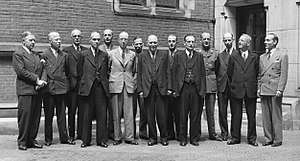 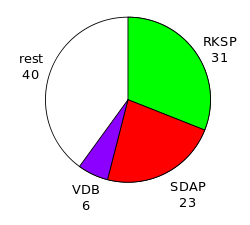 The members of the incoming Schermerhorn–Drees cabinet on 4 June 1945 | |
| Date formed | 25 June 1945 |
| Date dissolved | 3 July 1946 (Demissionary from 16 May 1946) |
| People and organisations | |
| Head of state | Queen Wilhelmina |
| Head of government | Willem Schermerhorn |
| Deputy head of government | Willem Drees |
| No. of ministers | 16 |
| Member party | 25 June 1945 – 9 February 1946 Roman Catholic State Party (RKSP) Social Democratic Workers' Party (SDAP) Free-thinking Democratic League (VDB) 9 February 1946 – 3 July 1946 Anti-Revolutionary Party (ARP) Christian Historical Union (CHU) (Confidence and supply) |
| Status in legislature | National unity government |
| History | |
| Legislature term(s) | 1937–1946 |
| Incoming formation | 1945 formation |
| Outgoing formation | 1946 formation |
| Predecessor | Third Gerbrandy cabinet |
| Successor | First Beel cabinet |
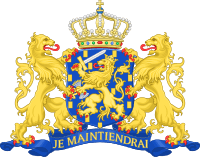 |
|---|
| This article is part of a series on the politics and government of Netherlands |
|
|
Local government
|
|
Related topics |
Introduction
The Schermerhorn–Drees cabinet, the first Dutch cabinet after World War II, was appointed by Queen Wilhelmina just a month after the Netherlands were liberated by the Allied forces. It was a royal cabinet (which means that the cabinet is appointed by the Queen, and is not the result of an election). The States-General of the Netherlands did not function yet and would not become functional until November 1945.
The Schermerhorn–Drees cabinet consisted of ministers from the SDAP (which in 1946 merged with the VDB and the CDU to become the post-War Labour Party), the CHU minister Dr. Piet Lieftinck (who would become a member of the PvdA on 9 February 1946), the ARP and the RKSP (named the KVP on 22 December 1945). Prime Minister Willem Schermerhorn was a member of the VDB, but would later become a member of the PvdA. Deputy Prime Minister Willem Drees was a member of the SDAP.
Cabinet actions
One of the main tasks of the cabinet was to revive the Dutch economy after the war and to rebuild the devastated infrastructure (ports, railroads, roads). Furthermore the Dutch administration had to be restored. Furthermore the cabinet had to deal with the arrest and prosecution of Dutch war criminals and Dutch collaborators.
Until August 1945 the war against Japan in the Dutch East Indies was also a main objective of the cabinet. After the Japanese surrender the cabinet was faced with the Indonesian nationalists Sukarno and Hatta, who proclaimed the independence of their country.
Another objective of the cabinet was the purification of the black money circuit. During the period the bank accounts in the Netherlands were under investigation by the Ministry of Finance, every Dutch citizen was given 10 guilders by the cabinet, in the Netherlands known as 'Het tientje van Lieftinck' (Lieftinck's tenner), named after the minister of Finance, Dr. Lieftinck.
Cabinet Members
- Retained Retained this position from the previous cabinet.
- Appt Appointment: Eelco van Kleffens appointed Minister for United Nations Affairs; Herman van Roijen appointed Minister of Foreign Affairs.
References
- F.J.F.M. Duynstee; J. Bosmans (1977). Parlementaire geschiedenis van Nederland na 1945 , deel 1, Het kabinet-Schermerhorn-Drees (1945-1946). Van Gorcum. p. 5. ISBN 90-232-1412-9.
External links
- Official
- (in Dutch) Kabinet-Schermerhorn/Drees Parlement & Politiek
- (in Dutch) Kabinet-Schermerhorn-Drees Rijksoverheid
| Wikimedia Commons has media related to Cabinet Schermerhorn/Drees. |
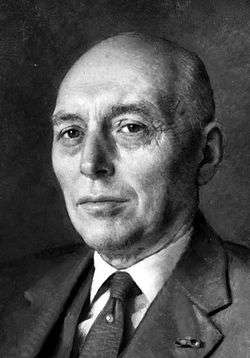
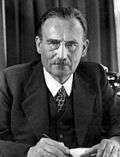
.jpg)
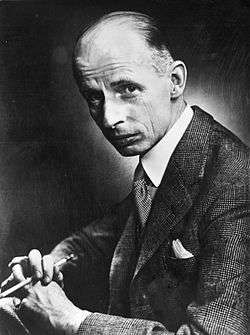
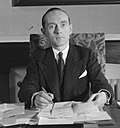
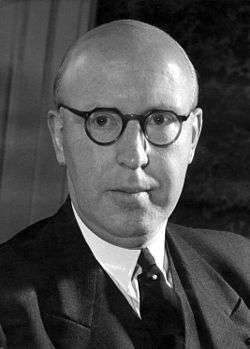
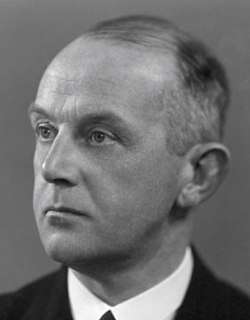
.jpg)
.jpg)
.jpg)
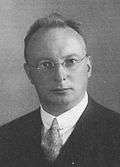
.jpg)
.jpg)
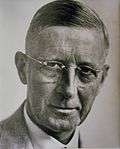
.jpg)